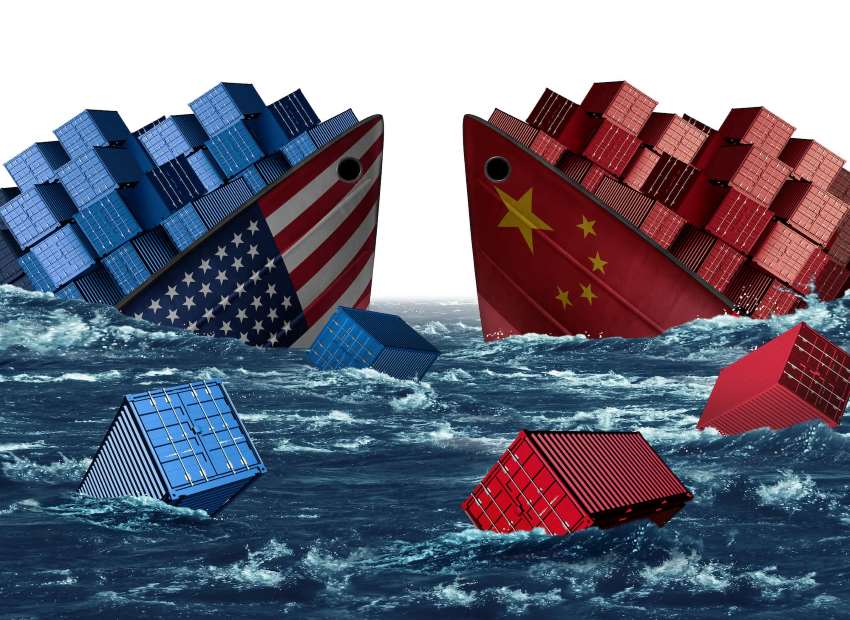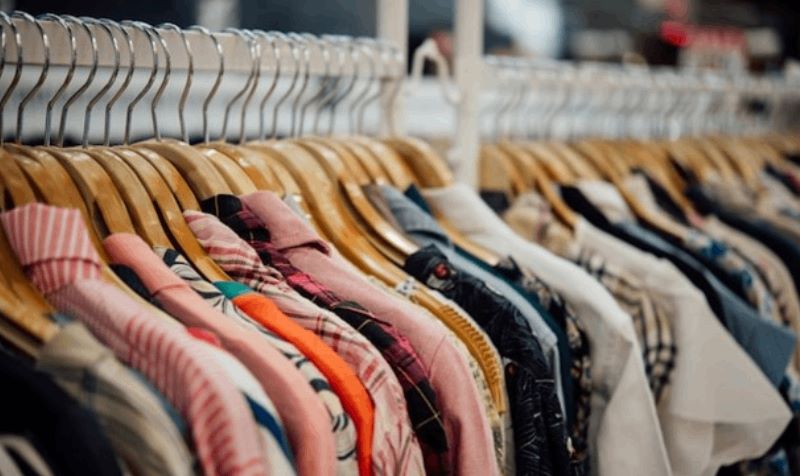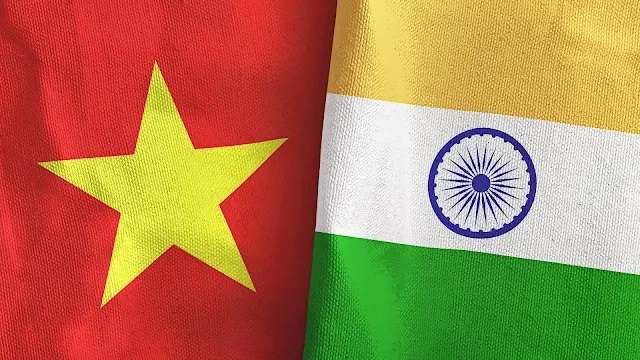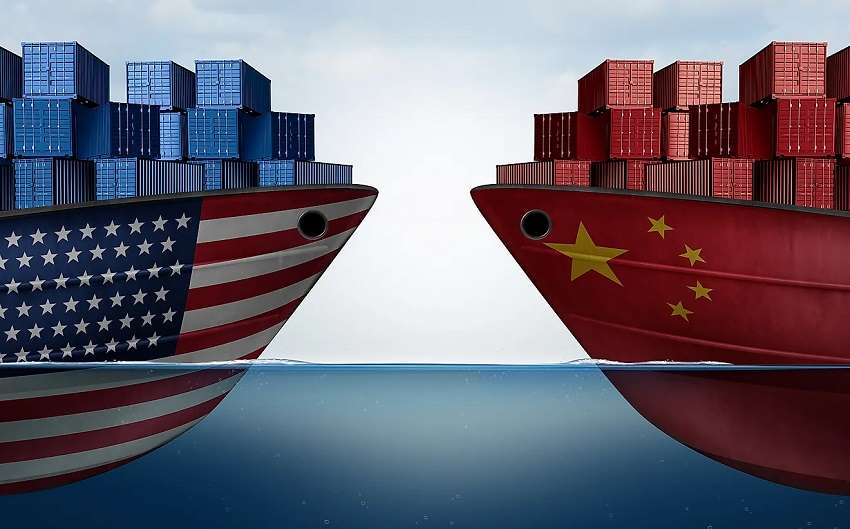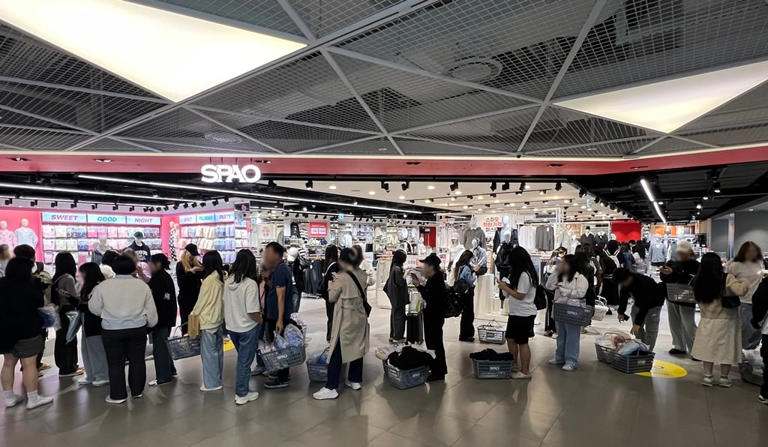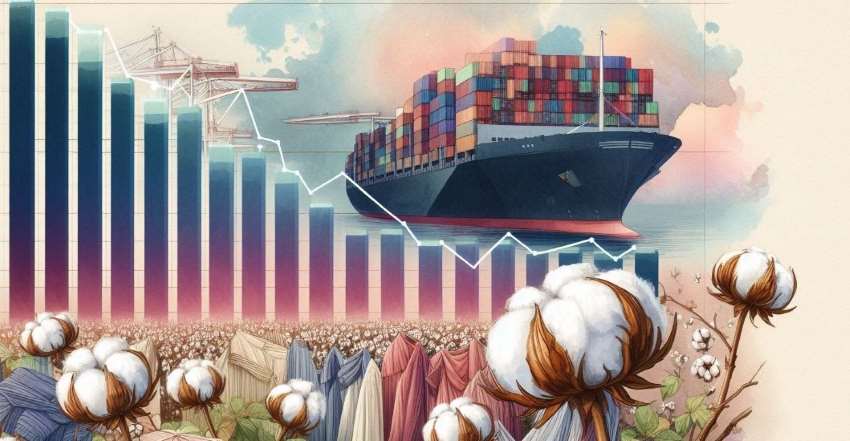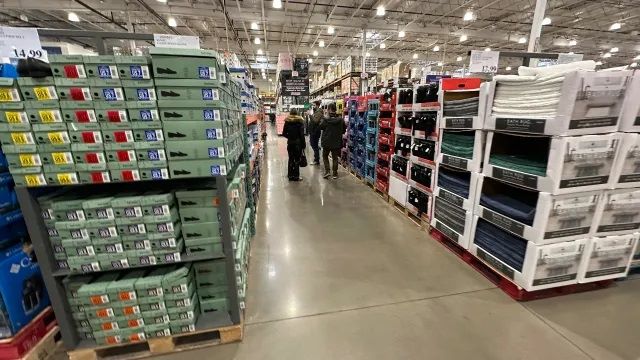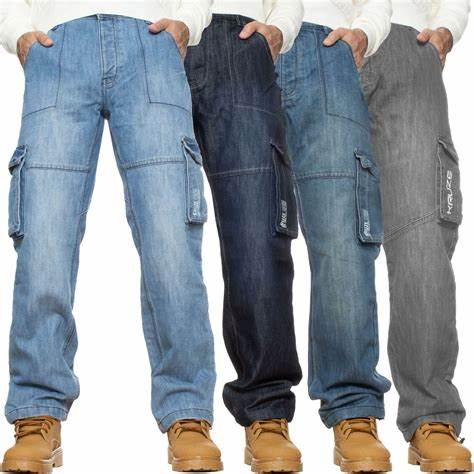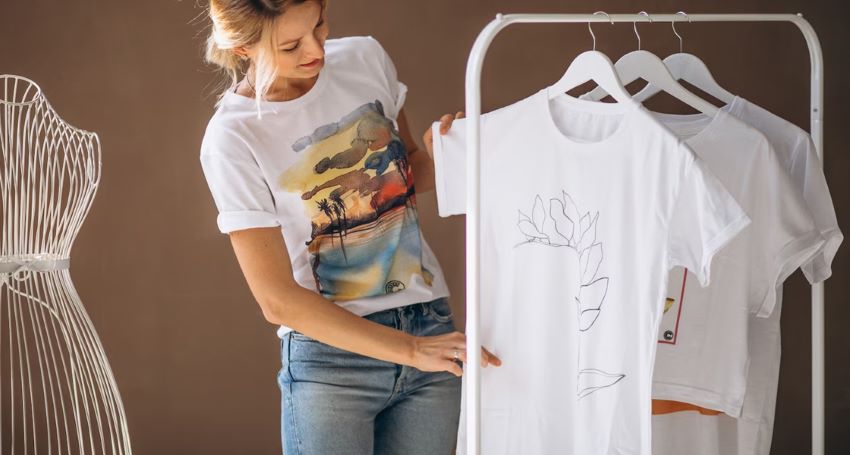 Companies like Ashton Apparel having a manufacturing base in Kenya are positive about making a quick move into the world’s apparel export market because of the better price they can offer. Ashton Apparel, for instance is already witnessing a turnover of over $100 million a year by supplying denim to biggies in the global market like H&M, Walmart and others. The company is now contemplating increasing the production capacities as well as factory workforce from 10,000 to 14,000 by the end of next year.
Companies like Ashton Apparel having a manufacturing base in Kenya are positive about making a quick move into the world’s apparel export market because of the better price they can offer. Ashton Apparel, for instance is already witnessing a turnover of over $100 million a year by supplying denim to biggies in the global market like H&M, Walmart and others. The company is now contemplating increasing the production capacities as well as factory workforce from 10,000 to 14,000 by the end of next year.
Factors in favour of growth
Kenya's apparel industry, valued at $330 million a year, according to the Kenya Association of Manufacturers is still small compared to its competitors with an estimated 30,000 workers against the $23 billion industry in Bangladesh that employs 4.2 million people. In Kenya, the industry comprises only six per cent of the small manufacturing sector, according to the World Bank.
But with adequate government intervention and industry friendly policies are helping the players  promote their export potential. The government has introduced a hefty new subsidy, this year slashing the cost of power from Ks18 ($0.20) a kilowatt hour to Ks 9 to woo investments in the segment from textile manufacturers. The government is certain that the sector can also create 300,000 jobs opportunities if the country can take advantage of the opportunity of grabbing a larger slice of the global clothing market, estimated by the International Textile Manufacturers Federation to amount to $1.5 trillion.
promote their export potential. The government has introduced a hefty new subsidy, this year slashing the cost of power from Ks18 ($0.20) a kilowatt hour to Ks 9 to woo investments in the segment from textile manufacturers. The government is certain that the sector can also create 300,000 jobs opportunities if the country can take advantage of the opportunity of grabbing a larger slice of the global clothing market, estimated by the International Textile Manufacturers Federation to amount to $1.5 trillion.
ITMF is one of the fast-expanding apparel manufacturing companies in Kenya that exports to Europe. While the ITMF says factory wages reach $500 a month along China's coastal rim ($250 in the interior), monthly salaries in the same sector in Kenya are $120-$150. The death of more than 1,100 workers in the 2013 collapse of a garment factory in Bangladesh is also pushing global buyers to re-evaluate their sourcing options. Though Bangladesh emerged as the second-biggest clothing manufacturer after China and quickly overtook competitors in China, Indonesia and Vietnam, the issues like fire and building collapse are putting a question mark on their production and infrastructure facilities.
Unlike Bangladesh, African countries also have duty-free access to the US apparel market under the African Growth and Opportunity Act (Agoa). Both jurisdictions have duty-free access to the EU, so African countries still tend to be outcompeted there. Industry leaders such as ITMF’s Vice President Jas Bedi are also lobbying for a 15-year extension to Agoa when it comes up for renewal next year.
Combating competition from low cost Ethiopia
Kenya also faces considerable competition from Ethiopia. Although 46 Asian manufacturers visited Kenya this year keen on setting up manufacturing base in the region to serve large US buyers such as PVH and VF, both of which want to expand their African operations—only one is in serious talks with Kenya. If the proposed $500 million deal comes off, the textile manufacturer will source geothermal energy at the site, making overheads even cheaper. But the rest of the visiting party was more taken by Ethiopia, where energy costs are the equivalent of Ks3 a kWh and labour costs are at least half those in Kenya. The government in Ethiopia has also set up functioning business parks for factories.
The Kenyan government aware of the advantages Ethiopia can offer. And it is putting in efforts to woo buyers to source from Kenya, indicating the government's high-level support for boosting the sector. Also Ethiopian workers are not used to working in apparel factories contrary to Kenyans, who are expert clothes makers. Also the next business park in Ethiopia would only be ready by 2017. An opportunity - Kenya’s export industry must explore and take hold of before it’s too late.

